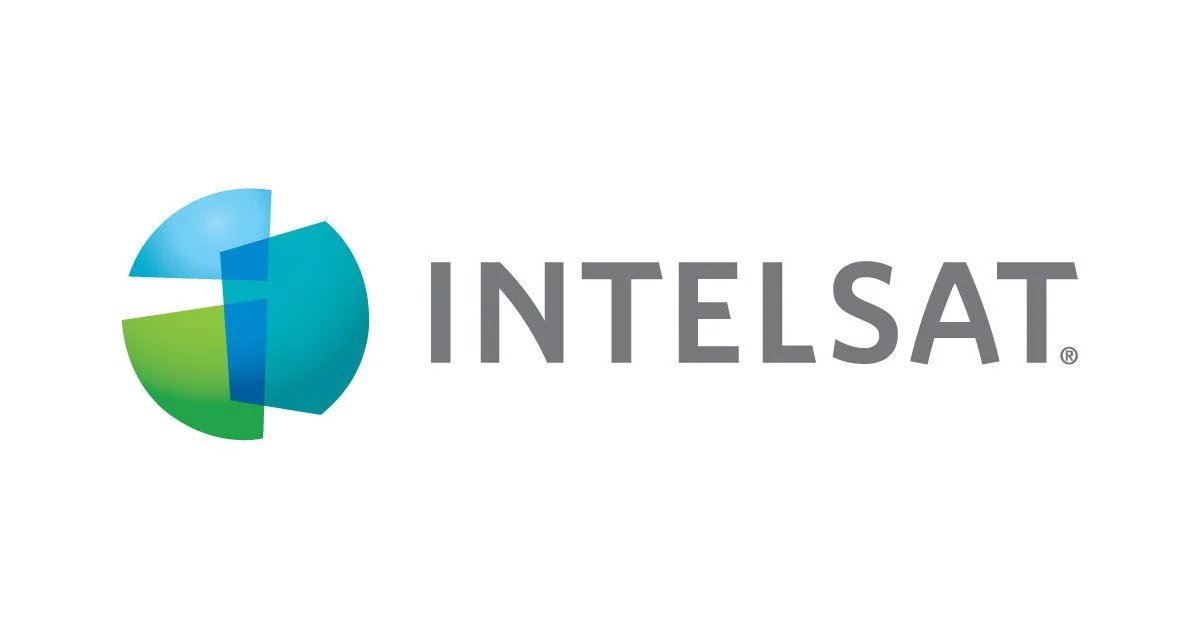Intelsat Starts Testing NASA Air Pollution Monitor
Intelsat, operator of one of the world’s largest integrated satellite and terrestrial networks and leading provider of inflight connectivity (IFC), successfully powered up the first space-based instrument to monitor major air pollutants across North America and send data back to earth as part of the first phase of in-orbit testing.
The new UV-visible spectrometer, operated by Intelsat for NASA and the Smithsonian Astrophysical Observatory (SAO), is hosted on the Maxar-manufactured Intelsat 40e (IS-40e) satellite launched in April and now operating in its final geostationary orbit location. TEMPO data will play an important role in scientific studies of phenomena such as rush-hour pollution and the movement of emissions from forest fires and volcanoes.
“The Intelsat communications and ground system is working seamlessly as we start sending commands to TEMPO and receiving data,” said Jean-Luc Froeliger, Intelsat’s Senior VP of Space Systems. “Working closely with our partners, the rigorous testing is on schedule with the next milestone coming in July when we start to receive high-resolution data and images.”
With TEMPO powered up, Intelsat and team turned on heaters to dry out the instrument and extract any moisture that accumulated on the ground before the April launch. While the instrument is drying out, periodic data is being transmitted. The instrument will then be cooled down to operational temperatures in space for the next phase of system testing. The early data that NASA and SAO scientists collect this summer will allow them to adjust settings to optimize TEMPO’s performance before routine operations start in October.
